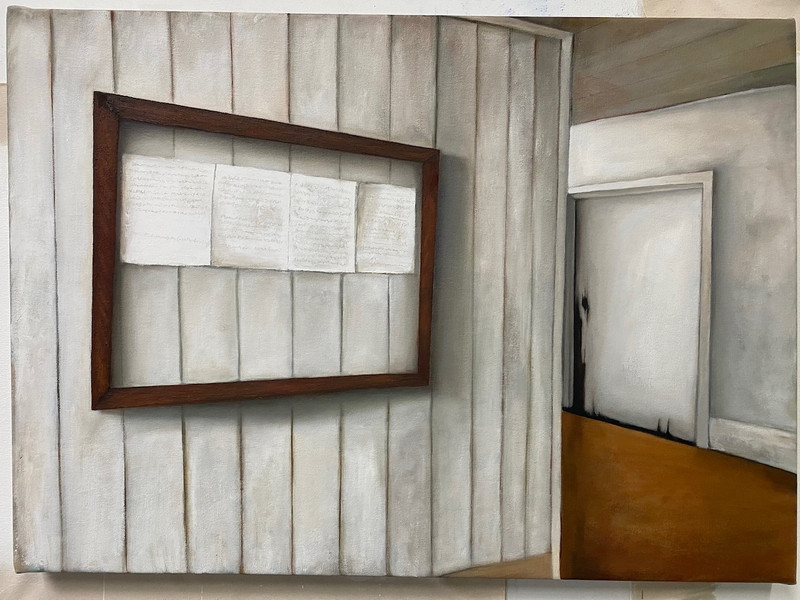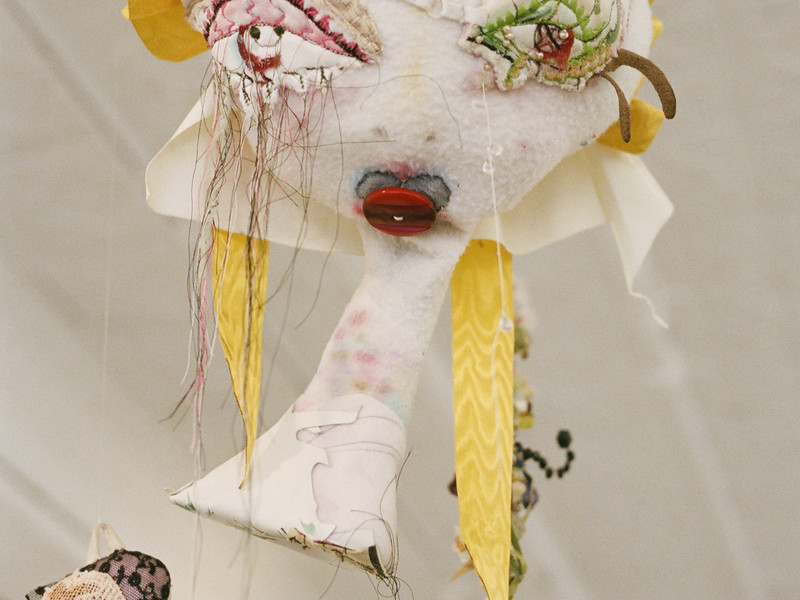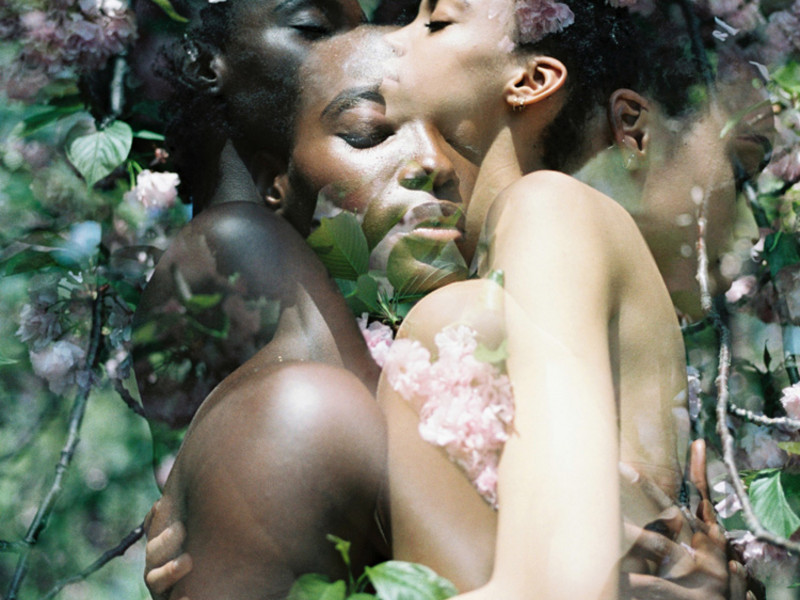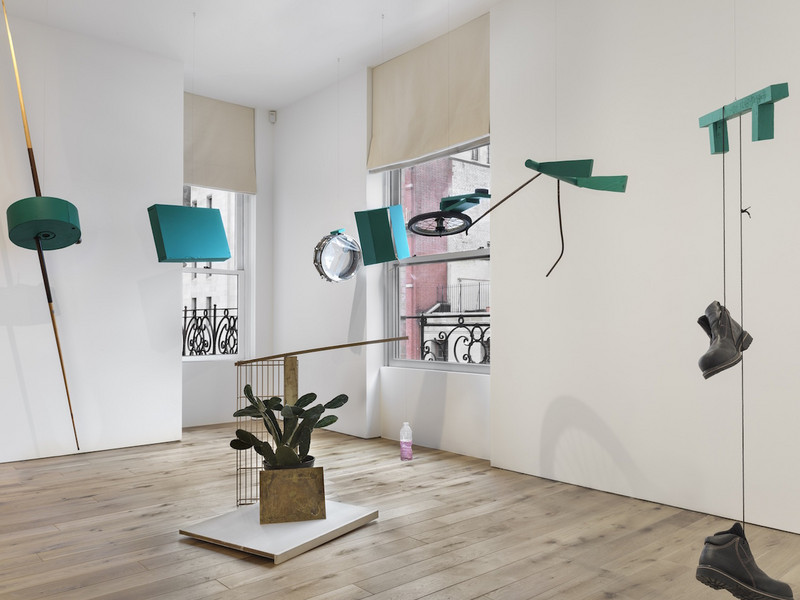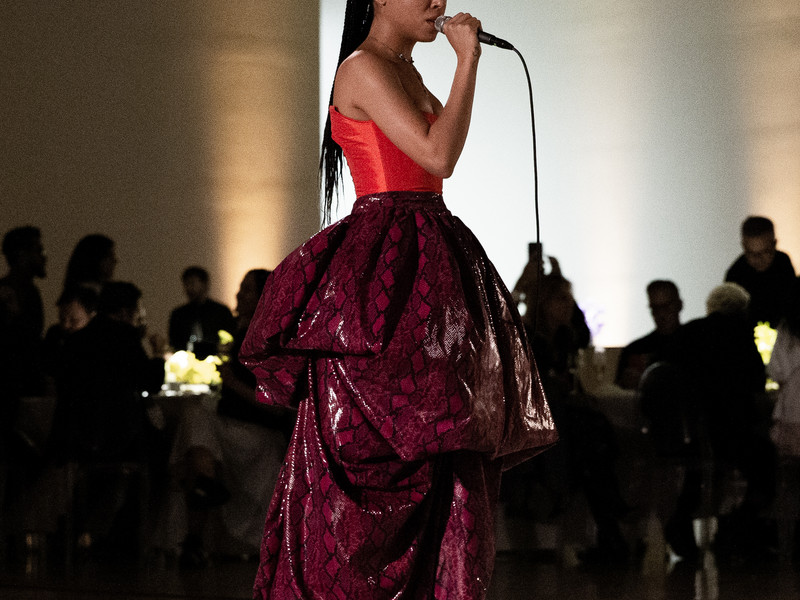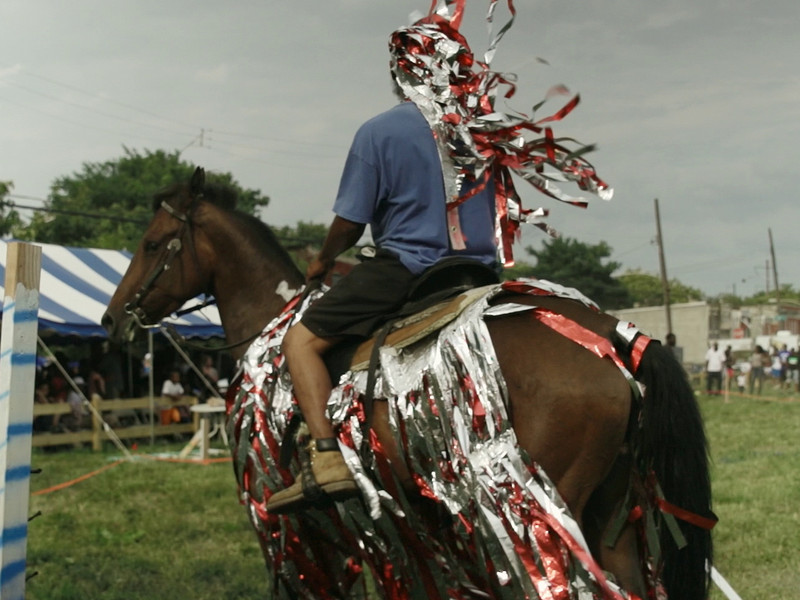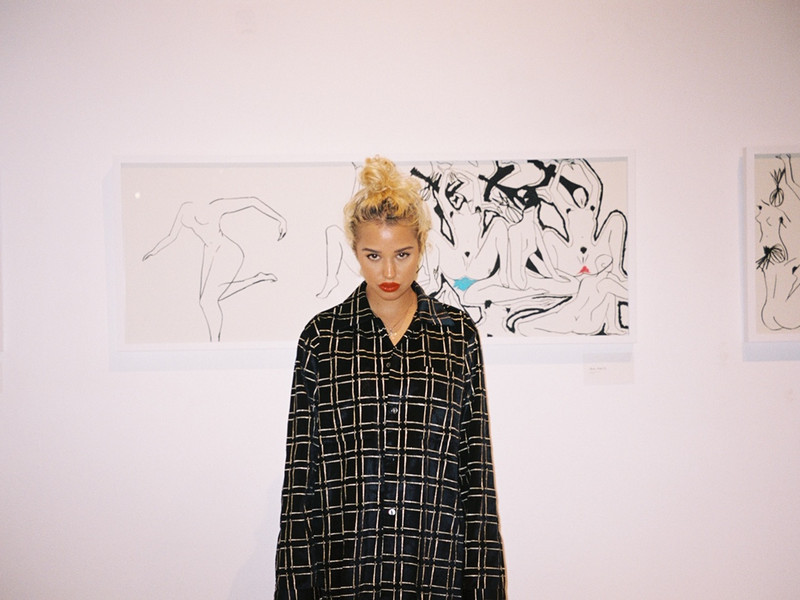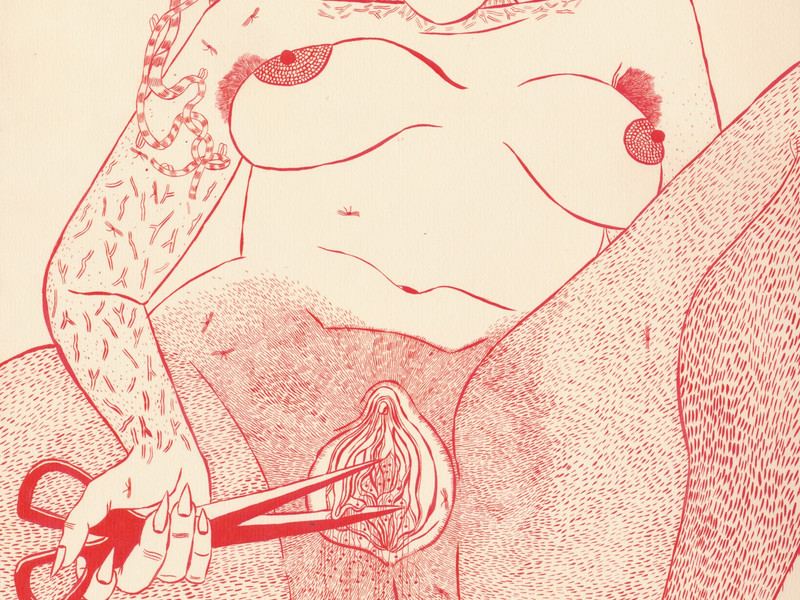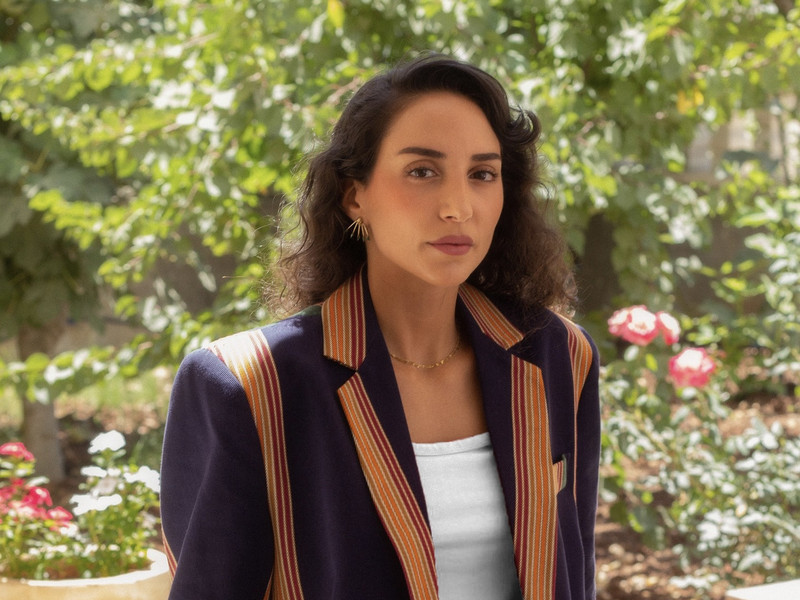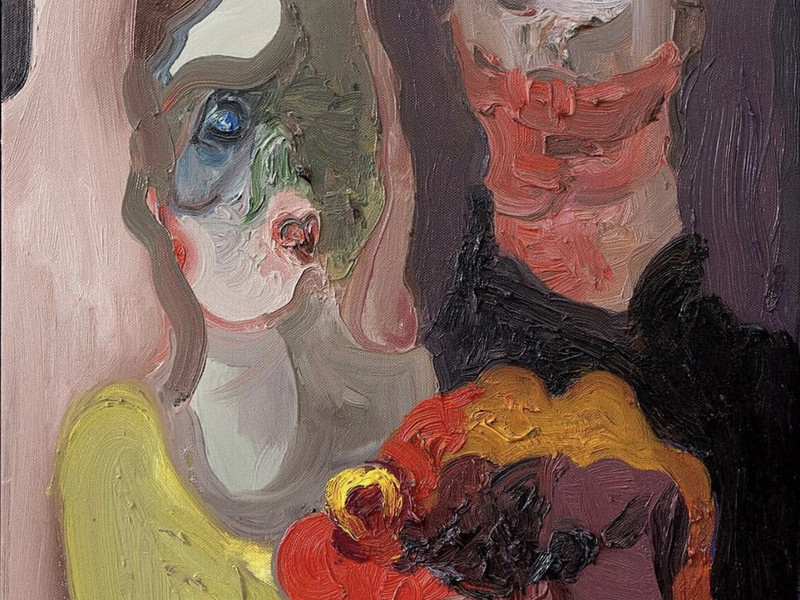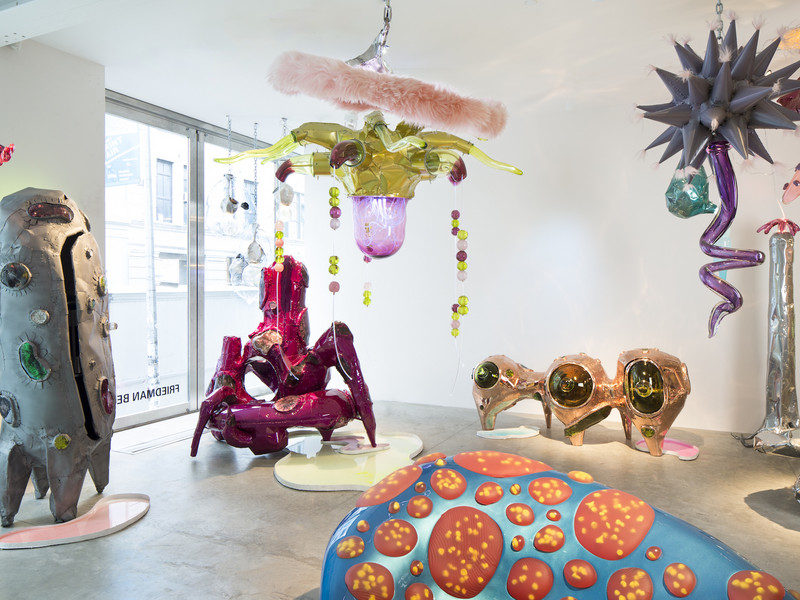Gabriel Moses on Timelessness, Femininity and Divine Feeling
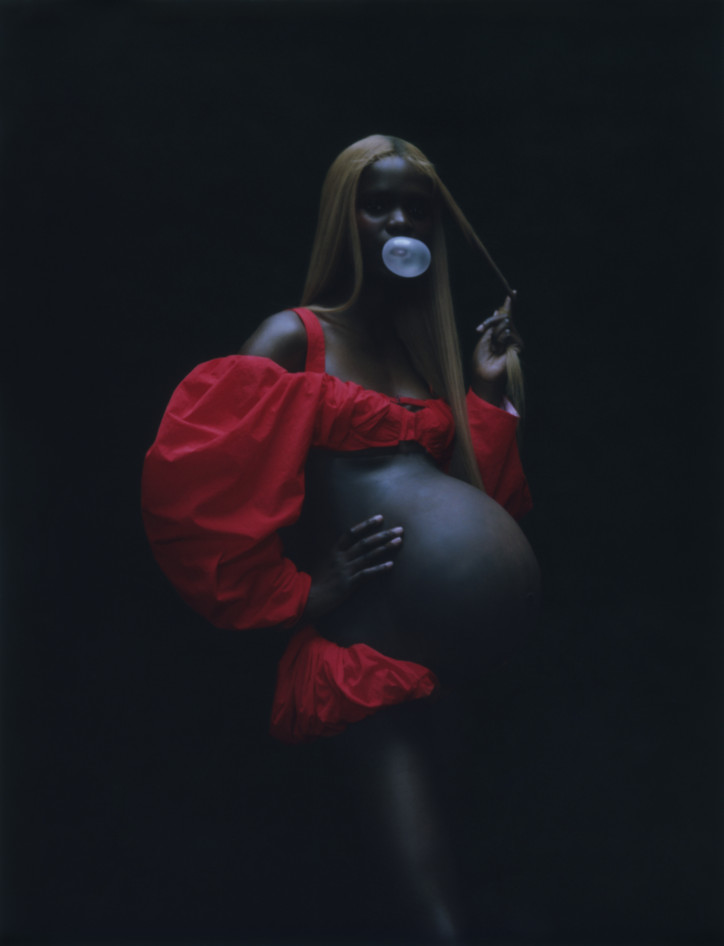
Throughout the room, each photograph unfolds a captivating story. Entranced, I find myself envisioning the vitality captured within the frames — young ballerinas’ graceful movements unfold in slow motion as they kneel down, foreheads to knees, hands rising and falling in a choreographed display. The spell is broken by distant chatter, as the room fills with animated voices and flashes that reveal my reflection in the next piece on the wall. Now observing a pregnant woman, her belly so prominent that when I focus in I see myself in it, as I contemplate the heightened appreciation for the female form. The artist's male gaze, devoid of hypersexual poses, conveys power and beauty in a unique and much-needed way.
Moses discloses that the pregnant belly in one of his works was, in fact, a prosthetic, skillfully portrayed by the model. Normally, most photographers stay away from featuring anything other than a flat stomach. For an artist to recognize the beauty of a full stomach — so much so that he actively search one out — further solidifies Gabriel Moses as a once-in-a-lifetime talent.
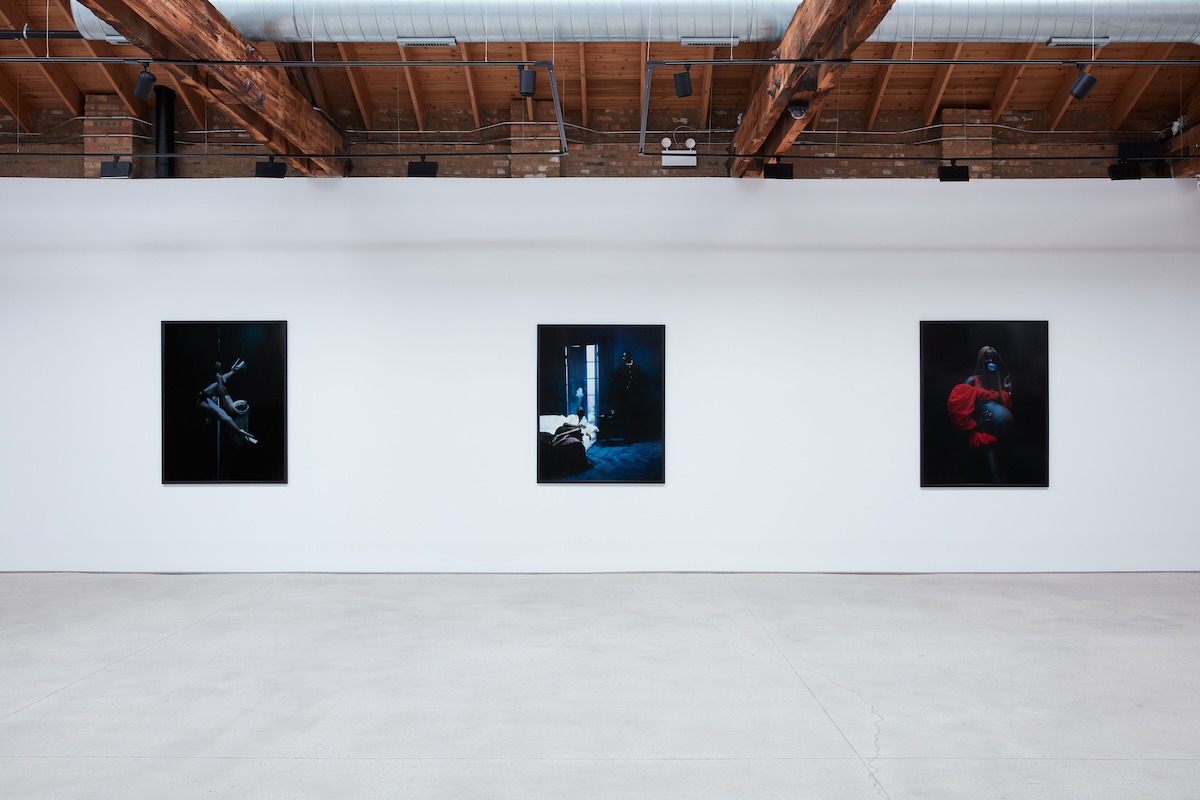
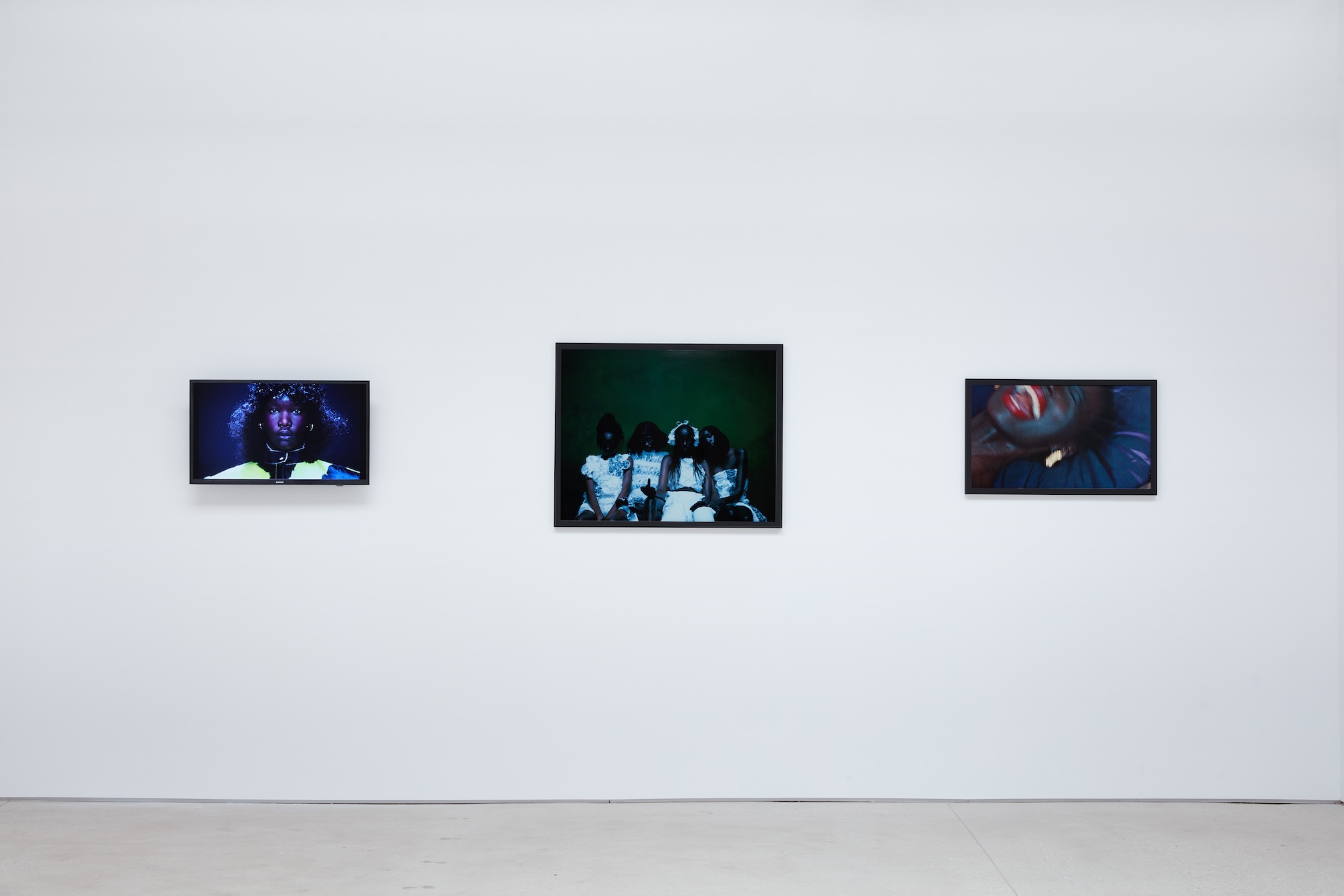
The exhibit, serving as a tribute to the femininity that has shaped the artist, now sparks curiosity about the evolution of his perspective and exploration of the parallels between Regina and Marsha. Reflecting on his upbringing, Moses shares, "Being raised in London, in a single-mother household with my sister, I gained immense respect for their perception of beauty. My home was a sanctuary without toxic masculinity, allowing me to see life through their lens in hues of pink. When I held that camera, I knew what I wanted to create. Naming my projects after the inspirational women in my life — Regina, the name of my studio, which in translation from Latin also means Queen, and Marsha, my hairdresser — was my tribute to their impact on my journey."
Evaluating his multifaceted career through fashion, sports, and film, we speak about the importance of diversity in the artist’s creative vision. "I create moments inspired by the past and the future,” Moses explains. “My grandmother left me with royal memories that I've fallen in love with. She was a dynamic woman, as was the generation before me. I’m going to have daughters and nieces. I have to create an environment — especially now as an artist — to ensure they see representation and produce art that allows them to grow up loving themselves. This responsibility stems from the love my mother poured into me, even creating for people I don't know. That's the beauty I see, and I won't portray anything else." Such a heartfelt reflection reveals Moses’ deep appreciation for his roots, highlighting the influence of personal experiences and family ties on his outlook. The confidence instinctively built into himself is seamlessly depicted in his works. It makes sense.
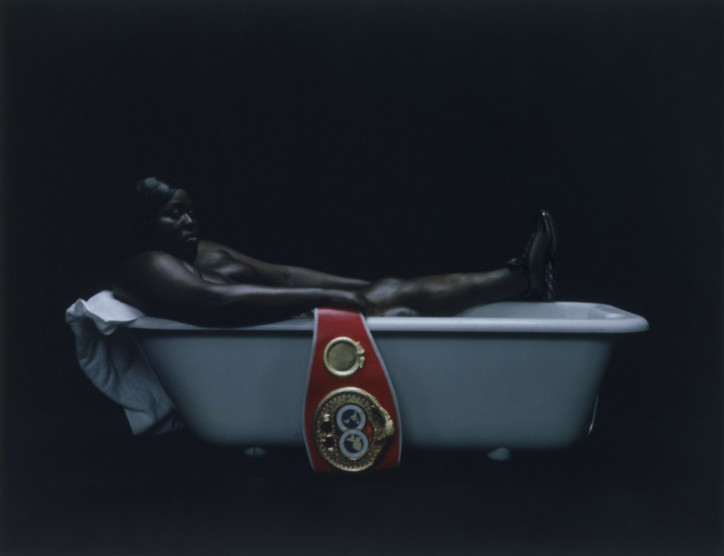
Back at the reception, Moses holds flowers and momentarily stands out; otherwise, he's blending into the crowd. His emphasis on world-building is evident as he discusses the independence he maintains in his work. Perhaps, Moses exemplifies a lesson: maybe you're not meant to do everyone’s work if there are conditions to your process. "There are no rules. I do what I want because I don't chase what's not for me. If I can't do it my way, I'll do it on my own."
Shifting the focus to his filmmaking process, we discuss the emotions he aims to evoke in his audience, noting the quiet backdrop in IJÓ and Regina, in contrast to the liberation and airy emotions in Marsha. "I'm all about feeling. I'm not the biggest on films." Moses claims. "Psychology, details, colors, tone, and movement — these elements come together naturally for me. Connecting from an audience level, I create films that resonate with how I would feel. Quite airy, beautiful, subtle…"
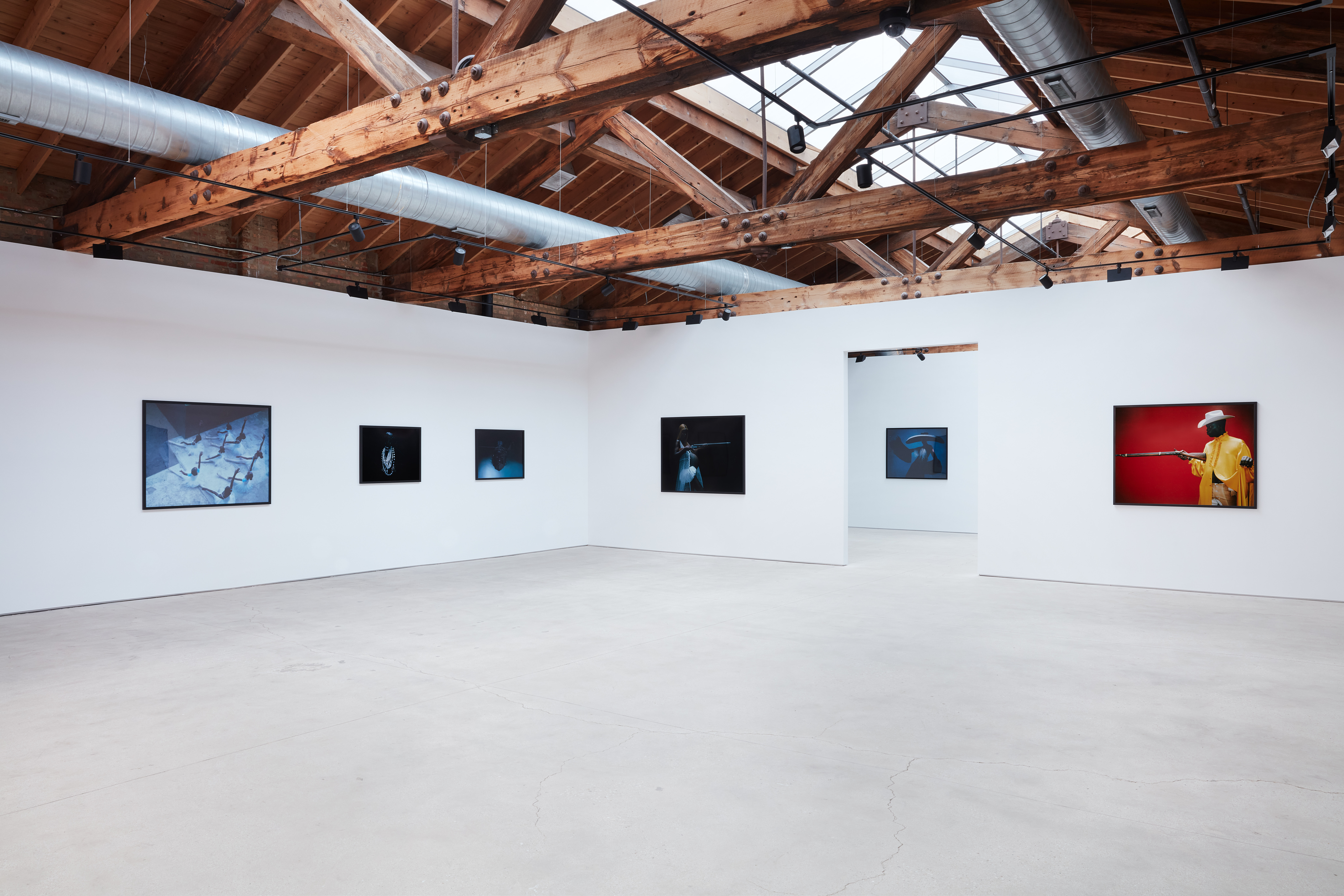
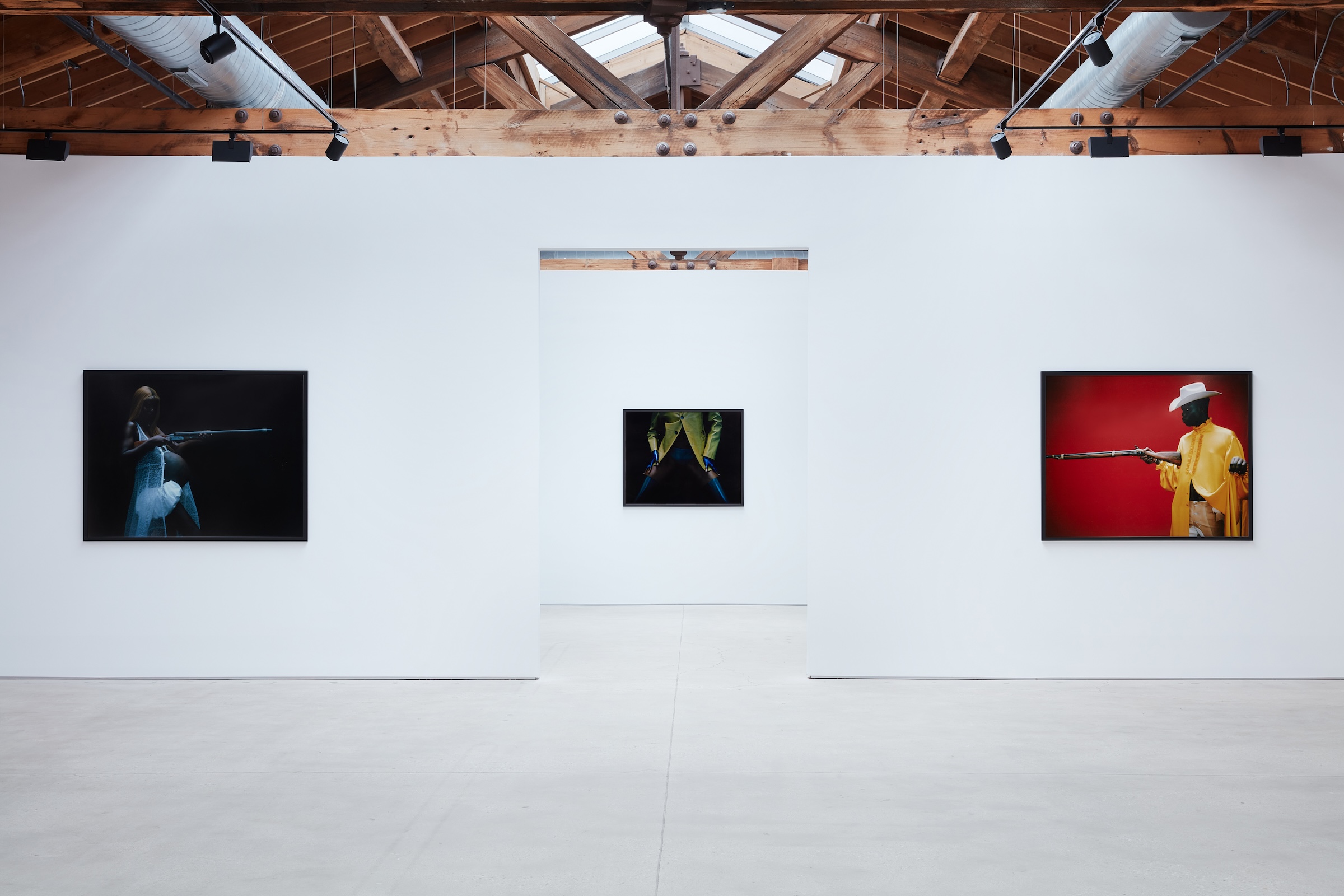
The discussion extends to his upcoming book, set for European drop in the first week of April, and US drop in early June. Moses reflects on the significance of physical representation in a world dominated by social media. "It's about timelessness,” he starts. “Growing up in a social media world, I still need to produce things that can be passed down. The physicality of a book offers a different experience, and I want kids to discover my work in libraries – an experience unlike seeing it on a phone. This book also comes with personal archives; images from my childhood, my family, my friends… It’s a well rounded look into the word that is around me and one that I am creating through me. "
Reflecting on his unexpected foray into fashion photography, Moses shares his perspective “Did you ever think this guy would be a fashion photographer?” “Growing up in London was a moment to express oneself. But I don't get too excited; I understand the ebb and flow of good and bad moments. They are purely fleeting moments.” Chicago, in Moses's eyes, becomes a testament to the reach of his work, exceeding expectations with its warm reception. "I had no expectations, and it's humbling to see people leave their homes to experience my work in a city my mom and I have never been to. It's a testament to how my work has traveled, and being here feels like home."
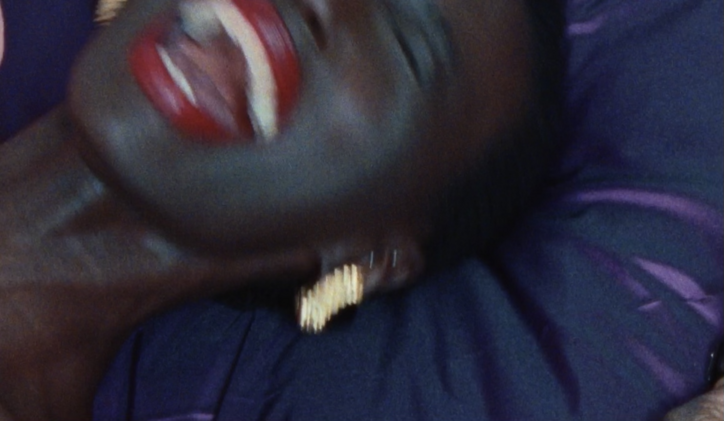
Concluding the interview, I take a personal moment with Marsha, immersing myself in the African cowboy narrative. Moses, through his masterful use of colors and imagery, challenges false narratives and showcases the rich history of African American cowboys. His distinct style, despite his youth, prompts contemplation on the control he exerts over his conditions and artistic vision.In closing, Moses emphasizes his pride in his work, inviting others to appreciate it as well. He leaves us with a parting lesson: perhaps not every task needs to align with one’s creative process. He asks us a question that gets to the heart not only of his practice, but of his philosophy: “Do you love your work, or do you just love the way you’re being received?”
